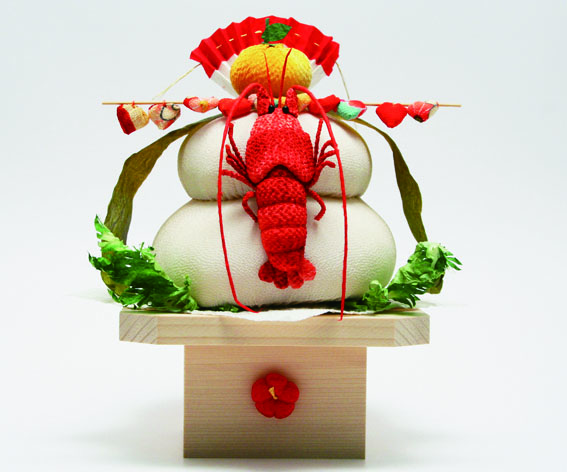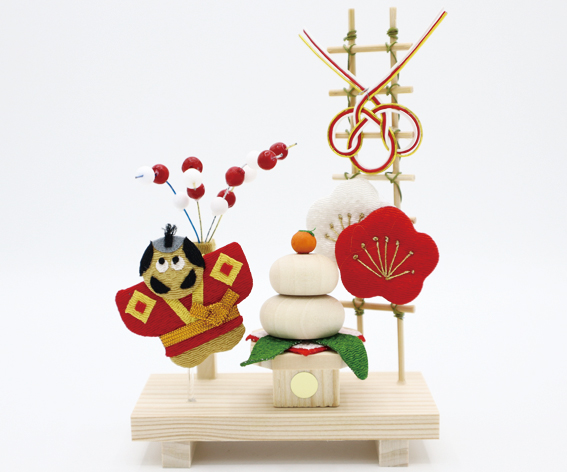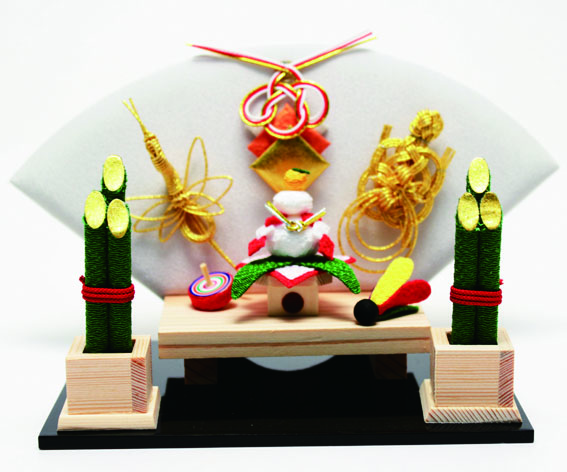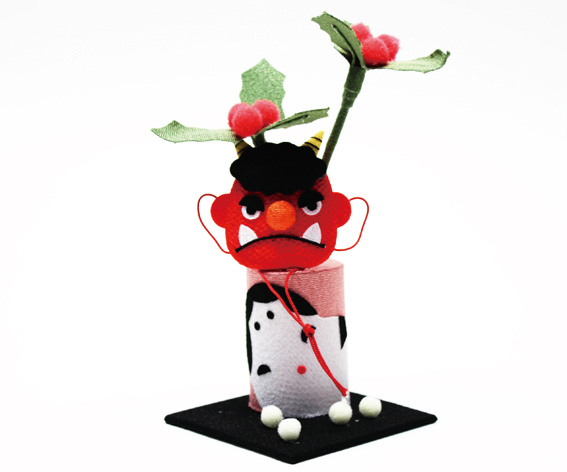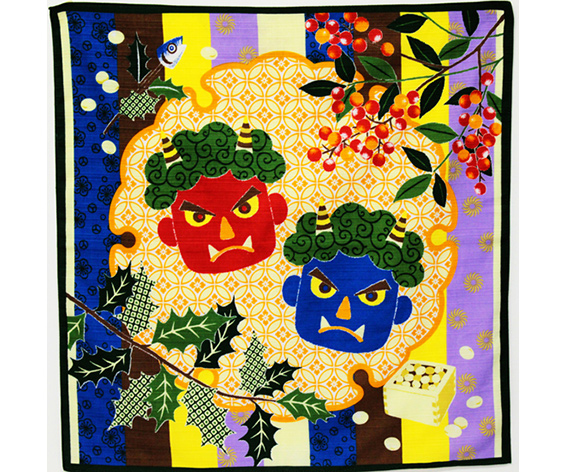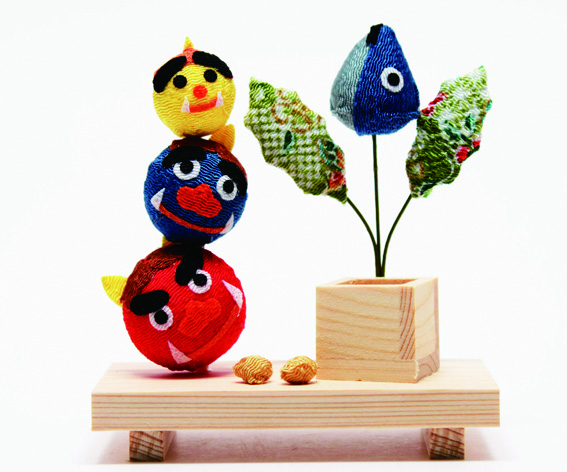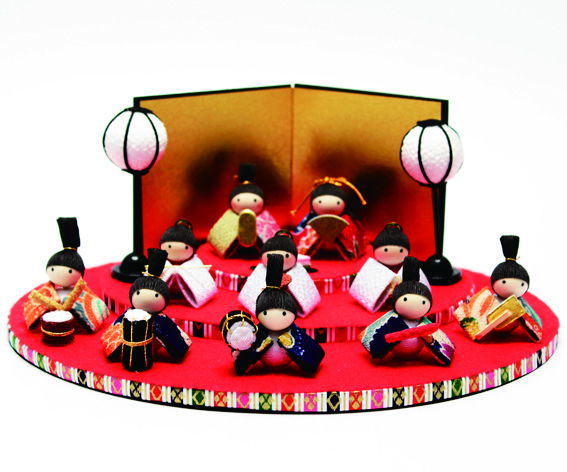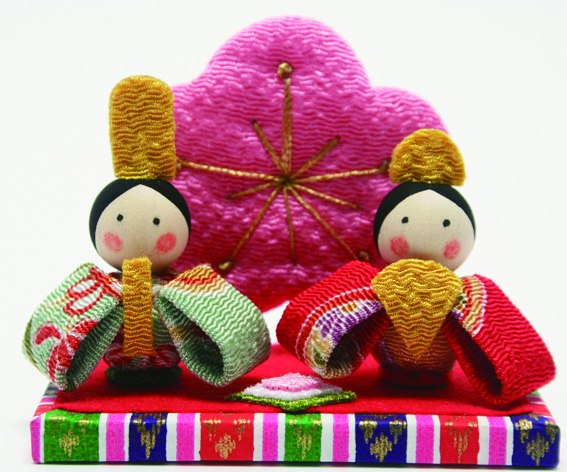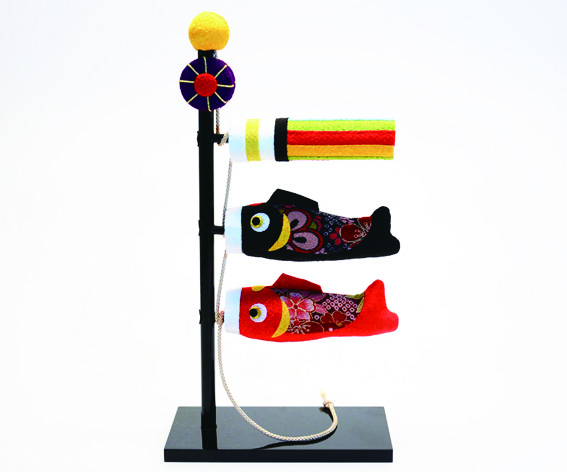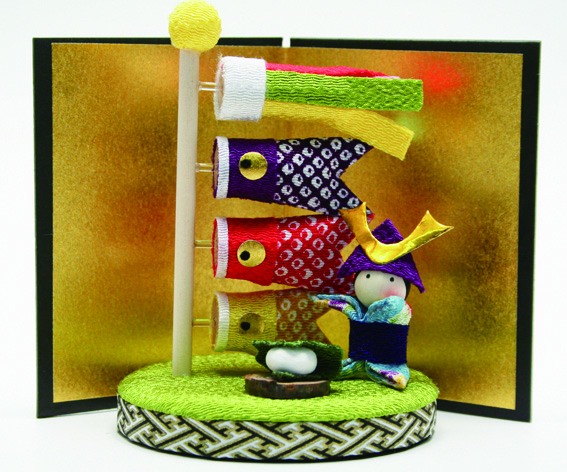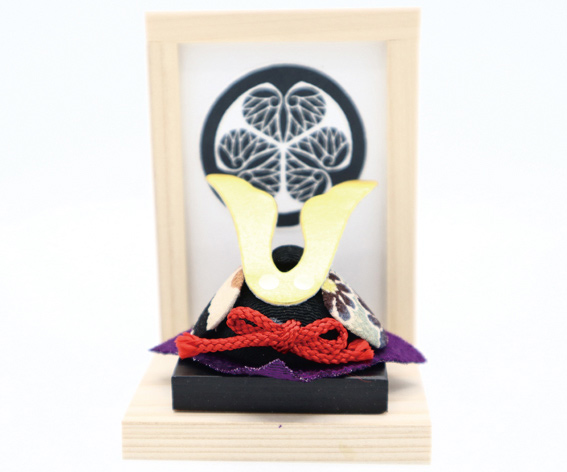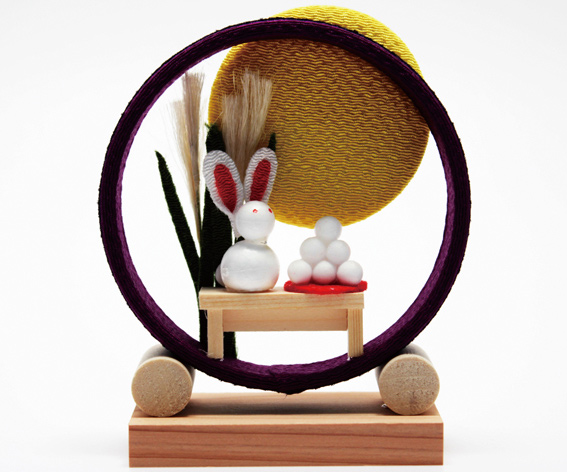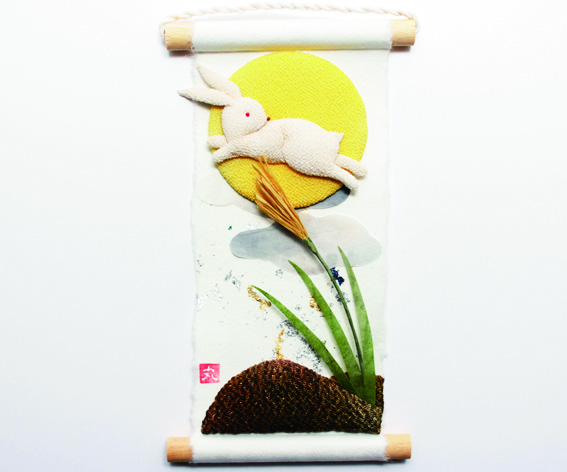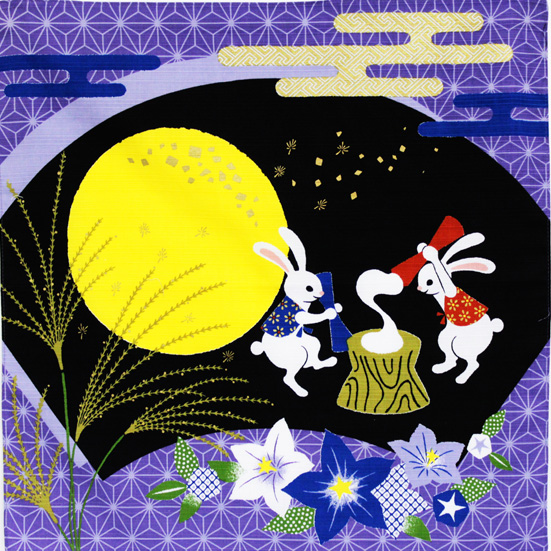SEASONABLE EXPRESSION
Japan has different expression of each season,
and we celebrate each moment as seasonal milestone.
Sekku originally meant offerings on those moments,
and the meaning later changed into those seasonal milestones themselves.
At our studio, Japanese craftmen make small handmade accessories
related to Sekku one by one using crepe.
干支(ETO ; Oriental Zodiac)
Eto originally means a calendar method which combines ten stems and twelve branches.
It was created in ancient China and imported into Japan. For us twelve animals symbolizing branches are quite familiar in new-year season.
We express those guardian animals and images related to new-year event using crepe.
Those ornaments would protect your family for the year.
迎春(Geishun;New Year’s greetings)
The new-year celebration is said to be originated from a festival welcoming a god of the year and prays for good harvest.
Various events and customs were born to welcome the god and celebrate, and receive much happiness.
Those events and customs have a set of stories about the god of the year.
They are full of feeling of hospitality just same as we welcome important guests.
We put that feeling into our new-year decorations made of crepe.
節分(Setsubun ; the last day of the winter)
February 3rd is the day of Setsubun.
The literal meaning of the word Setsubun is “division of the seasons,”
Setsubun signifies the ending of winter and the beginning of spring.
It is believed that *oni come when the seasons change in Japan.
To get rid of the oni, people scatter roasted soy beans both inside and outside of their houses.
*Oni: a devil-like creature from Japanese folklore.
ひな祭り(Hinamatsuri;Doll’s Festival)
In doll’s festival, also known as Sekku of peach, people pray for their health and avoidance of bad luck on Hina dolls, which accept bad luck instead of girls. Their fine-featured faces symbolize peoples’ wishes for healthy growing of their children.
Hina dolls made of crepe also might wish the best for the children beside them.
端午(Tango;Boys’ Day celebration)
Koinobori (carp banners) is an ornament based on a Chinese folklore that carp goes up a rapid stream and the dragon-gate water fall, and flies into the heaven. The ornament expresses wish for children’s success, after enduring trials.
Armor is also displayed. It implies protecting the safety of children against various kinds of evil including traffic accidents and diseases.
We express wish for their healthy growth using crepe.
七夕(Tanabata;Star Festival)
Tanabata is a Japanese Festival celebrated on July 7th, also known as the Star Festival in English.
It is said that Tanabata is a special day for lovers because it is the day where lovers reunite.
It’s a Tanabata custom that we write wishes on a piece of paper and hang them on bamboo trees.
The piece of paper to write one’s wishes is called “Tanzaku”.
It is said that wishes come true by writing them on Tanzaku.
お月見(Tsukimi;moon viewing)
In Japan, moon viewing is said to begin in the Nara period through the Heian period.
Although its origin is not known, people enjoy the viewing, with decoration of rice dumpling, rice cake, silver grass, and taro.
We express that scene using crepe.
You can even feel the cool atmosphere of autumn, and the joy of the moon viewing.




